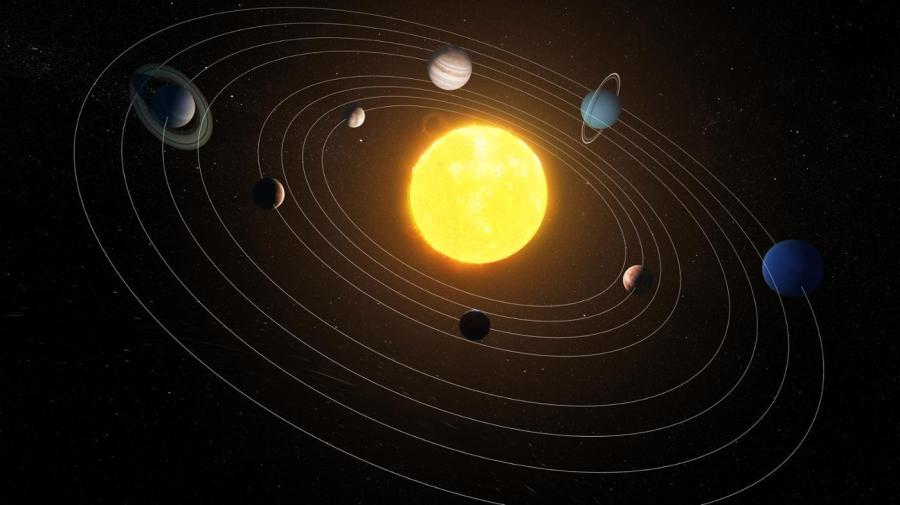What Do All the Planets Have in Common?

In order to be declared a planet, a celestial body must meet the following qualifications: It must orbit the sun, it must maintain a nearly spherical shape and have the necessary mass for self-gravity so that it does not succumb to rigid body forces, and it must clear the neighborhood around its orbit. All recognized planets in the solar system meet this definition.
This definition of “planet” was most recently modified in August 2006 and is clearly defined in the International Astronomical Union Resolution 5. As result, Pluto is no longer considered a planet, and there are only eight recognized planets in the solar system. Unlike other planets, Pluto does not clear the neighborhood around its orbit, according to UCLA. Therefore, it is now classified as a “dwarf planet.”
The criteria for a dwarf planet are similar to planets: It must orbit the sun; it must maintain a nearly spherical shape and have the necessary mass for self-gravity so that it does not succumb to rigid body forces; it does not clear the neighborhood around its orbit; and it is not a satellite.
In contrast to the other eight planets, Pluto is embedded in a swarm of similar celestial bodies and has many neighbors orbiting nearby. As a result, Pluto is now considered part of the trans-Neptunian population.





